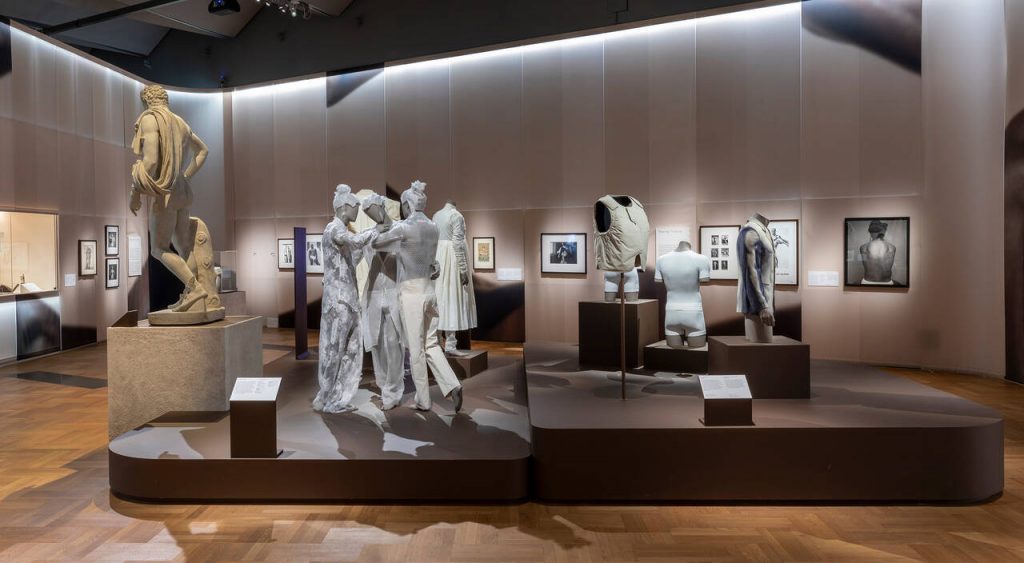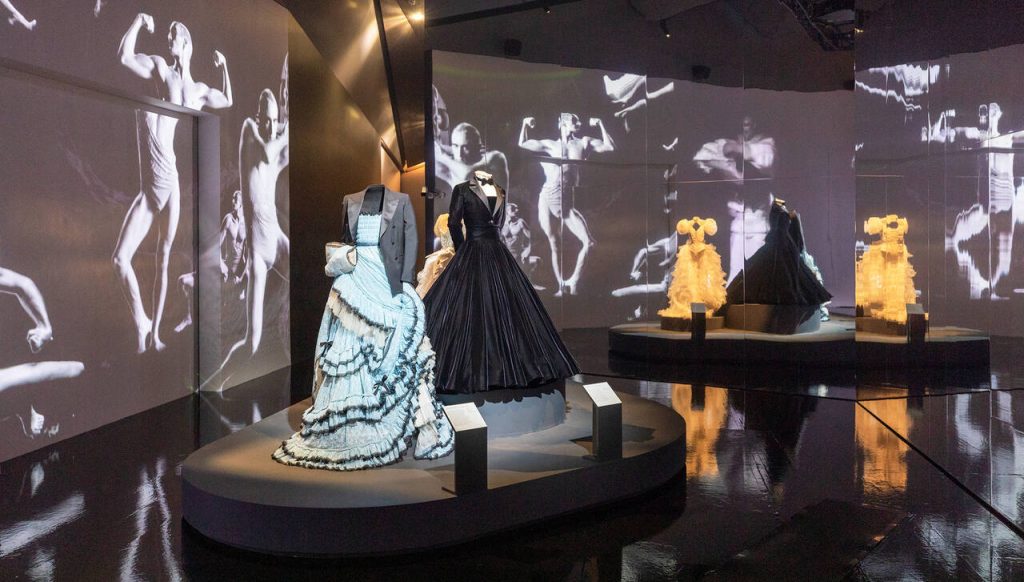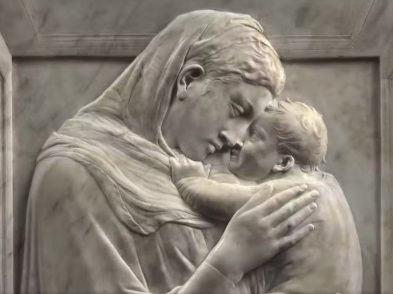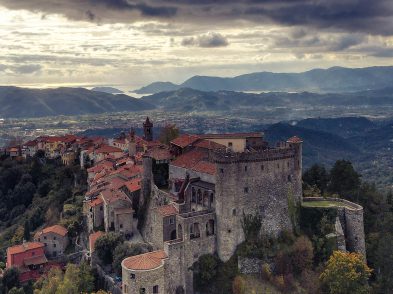Is vanity feminine? And what defines feminine and masculine? In social circles, modernism and avant-gardism, which presume clear-cut distinctions between different kind of aesthetic endeavours, is shifting to postmodernist styles. Fashion powers ahead and Alessandro Michele, creative director of Gucci, for one introduced the post-gender geek-chic style. It seems only fitting that the prestigious Florentine brand decided to sponsor the glittering Fashioning Masculinity: The Art of Menswear exhibition at London’s Victoria and Albert Museum, whose aim is to show the artistry and diversity of masculine attire and appearance.
The big question is how is masculinity performed through clothes? “We are covering centuries, but menswear is a complex subject,” says the exhibition’s curator, Claire Wilcox. “It’s not a survey show. What we are trying to do is to propose inquiry, to open a debate.” That discussion could focus on fashion as a consequence of social, political and cultural changes, which involves changes in viewing the male body. “Exemplars of the perfect male body are present in all museums, from over-muscled Hercules to lithe Adonis, but fashion has moulded changing tastes in the idealized masculine physique,” emphasizes co-curator Rosalind McKever.
Room One: Undressed

In the first room, Undressed, we are welcomed by the Belvedere Apollo and the Farnese Hermes, while videos of contemporary naked men, rather unflattering if we’re honest, are shown on the walls, together with David Hockney and Lionel Wendt prints and photos. The section juxtaposes different representations of the male body. In an honest array of underwear, shirts and shorts, jockstraps and corsets, viewers can understand how fashion has shifted from classical drapery to sculpted flesh. This review ends with Rodin’s Age of Bronze statue and Cassils’ Tiresias, the mythological guy who became a woman and went back to being a man again based on the whim of the gods.
Room Two: Overdressed

The second gallery, known as Overdressed, is introduced by a portrait of Alessandro de’ Medici, although it is Sofonisba Anguissola’s depiction of Alessandro Farnese that catches the eye, with his gold embroidered cape trimmed with fur, the epitome of lavish material, daring colours and symbolic pattern to convey status and wealth. It stands alongside a creation by Dolce & Gabbana, which showcases a take on a cape in tricotine and carded wool from the Winter 2012 collection, an item brimming with filigree embroidery and floral motifs.
“If you go back in history, people were not gender conformists and were expressing themselves through their clothes,” says McKever. “Anyway, male fashion has operated in a way that is liberating, a liberation which is still possible today,” adds Wilcox. Throughout its fascinating history, menswear shows that nothing is out of bounds, something that is confirmed in the final part of the show. Slashing away at conventions, in a dark hall dramatized by a giant video of male dancers, visitors are dazzled by Billy Porter’s Siriano tuxedo gown, which he wore at the Academy Awards in 2019, the Gucci custom gown and tailored jacket worn by Harry Styles for Vogue in 2020, and the wedding dress worn by Bimini Bon-Boulash in the second season of RuPaul’s Drag Race UK.
Fashioning Masculinity: The Art of Menswear
Victoria & Albert Museum, London
Until November 6








